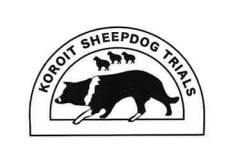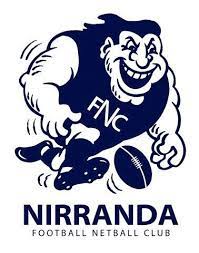As John Williamson sings, dairy farmers “make a living making butter outa grass“!
And this is very true. When a cow eats grass (or grain, hay or silage), the bacteria in her rumen ferment these feedstuffs into volatile fatty acids or “VFAs”. Of these VFAs:
- Propionate is converted to glucose, which is then used by the udder cells to make lactose
- Acetate and butyrate are incorporated into milk fat
- The bacteria themselves are digested and end up as milk protein
We’ve looked at lactose and milk protein already this month, so let’s take a closer look at milk fat and how it gets turned into butter.
The butter making process
First, it’s important to define the term “emulsion”. Emulsions are a uniform mixture of two normally unmixable liquids: a liquid within a liquid. Salad dressings – made of oil and vinegar – are a good example of an emulsion.
- Butter making starts with milk – which is an oil in water emulsion: 4% fat globules dispersed within 87% water
- The milk is centrifuged to separate off the cream, which contains 36% fat and 57% water
- The cream is cooled to 5–7˚C for 8–16 hours. About half of the fat globules will form crystals. This distorts and weakens the membranes surrounding the globule so that they will rupture easily
- The cream is churned. This break the fat globules and the freed fat sticks together in larger and larger masses
- The excess liquid, called buttermilk, is drained. The butter granules are washed in cold water to remove any residual buttermilk
- Kneading consolidates the butter fat, and the end result is a water in oil emulsion: 16% water within 80% fat

What are some cool butter facts?
- Butter sculptures are somewhat of an institution at country fairs in the USA. Cows and calves, tractors, astronauts, Elvis – anything goes! Even the COVID-19 pandemic hasn’t stopped the butter carvers from doing their stuff.
- Ancient butter is often dug up from the peat bogs of Ireland. Some of these discoveries are thousands of years old. The cool, low oxygen, acidic environment of the peat act as a preservative, which allowed people to store butter back when refrigeration wasn’t an option. However, while this bog butter might be preserved, it has also absorbed the flavour of the bog: giving it a “funky, mouldy” taste.

Schooling @ home ideas
Make some butter! The Science Sparks site has some good instructions for making butter in a jar (as well as other fun kitchen experiment ideas).
Sculpt some very simple butter roses to decorate the table for dinner.
Make a meal or snack that contains butter: super quick and easy is butter and vegemite toast! Just make sure you choose a local brand, like 2020 Dairy Award winning Western Star.






























